Here is the earliest pieces I've found by Robert Shore, from 1953.
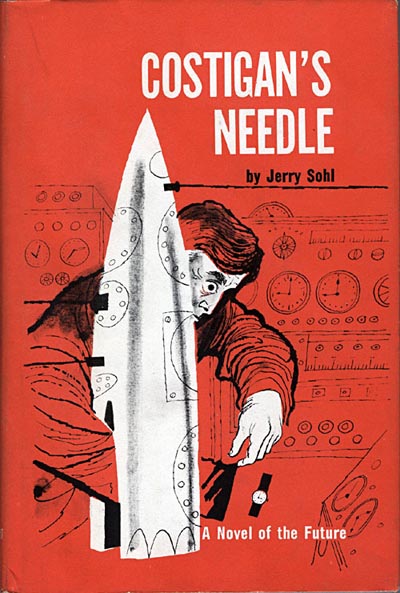
And this one, below, which was apparently a plate in a 1950s edition of Edgar Allen Poe's "Fall of the House of Usher."
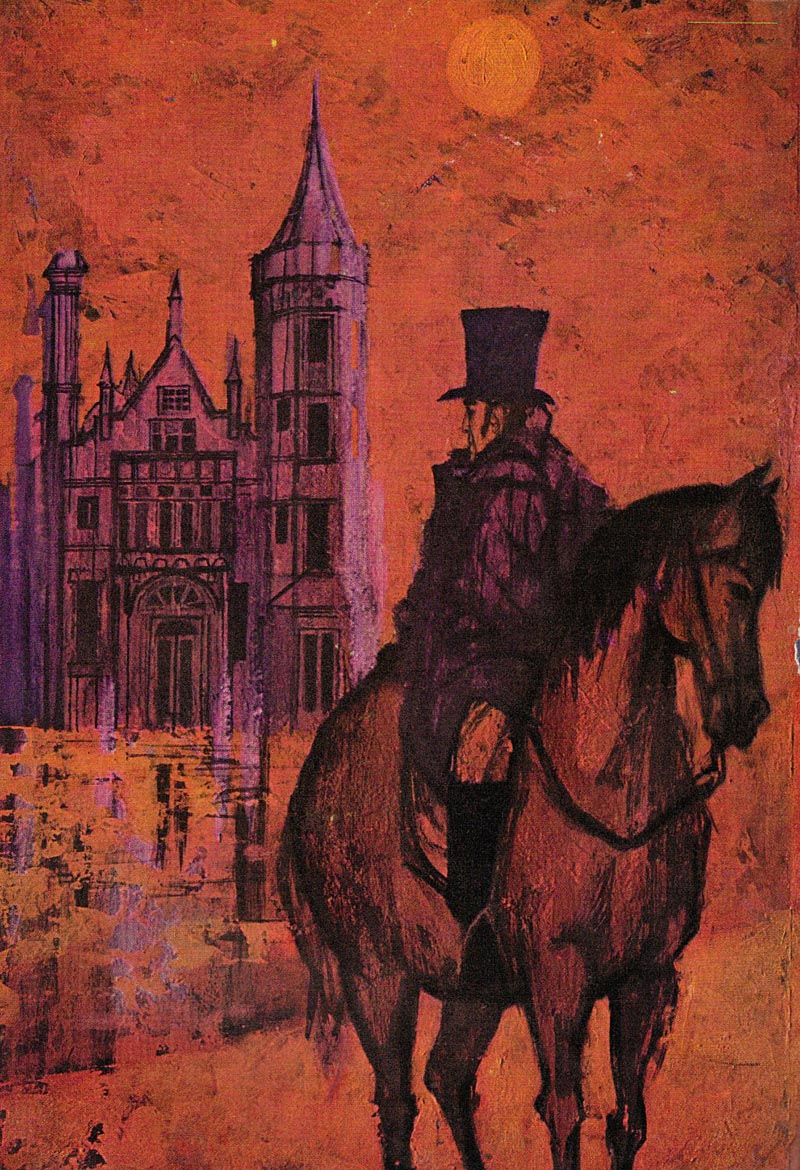
Included in the 1960 American Artist magazine article on Shore was a sketch for an illustration that appeared in an Abbot Laboratories promotional magazine called "What's New."
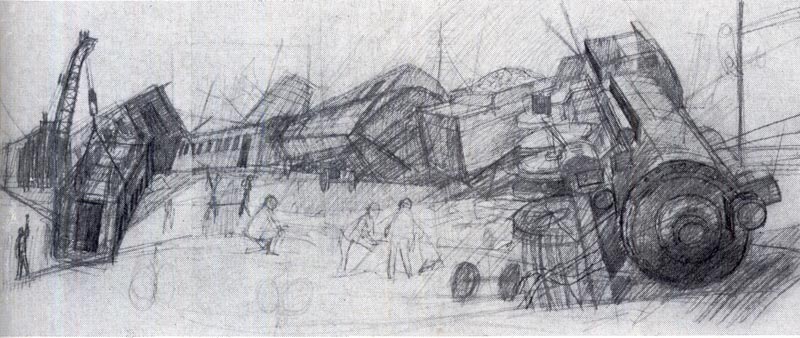
The sketch resulted from Shore first researching a variety of photographs of actual train wrecks. Shore's composite drawing includes elements culled from the artist's imagination as well as elements of the research photos. The finished illustration, below, was painted in casein on gessoed masonite.
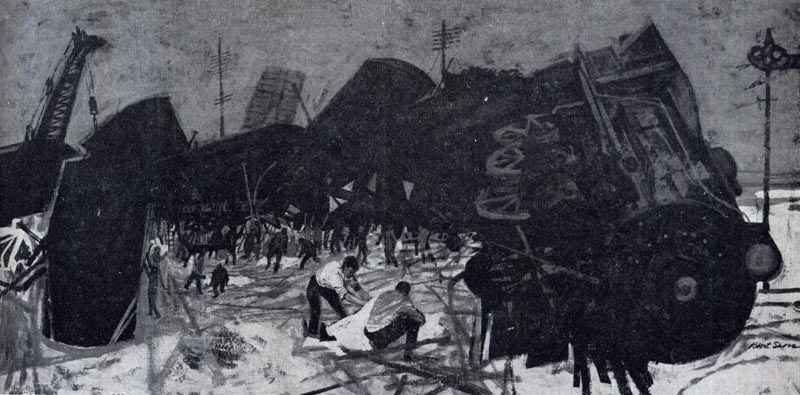
Casein seems to have been Robert Shore's preferred medium at the time of the 1960 article, so it's very likely he employed it for this double page spread in Parents magazine just a year later.
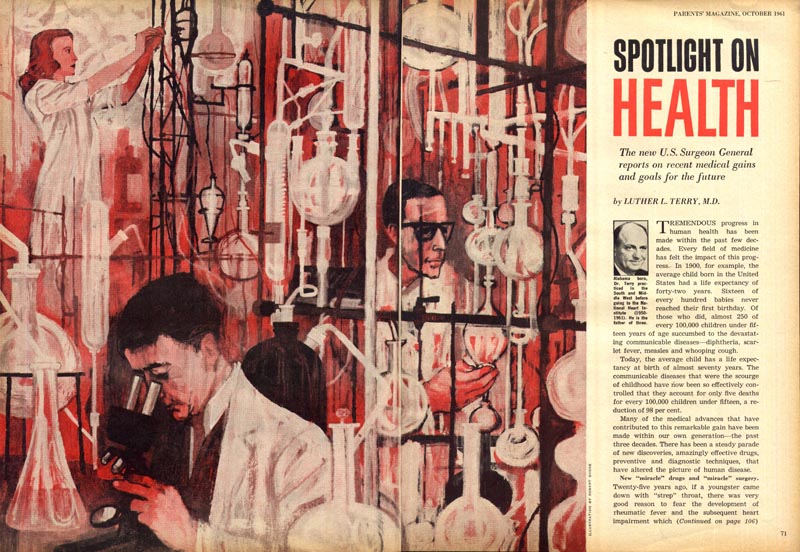
Shore describes working in heavy casein impasto, blocking in major forms...
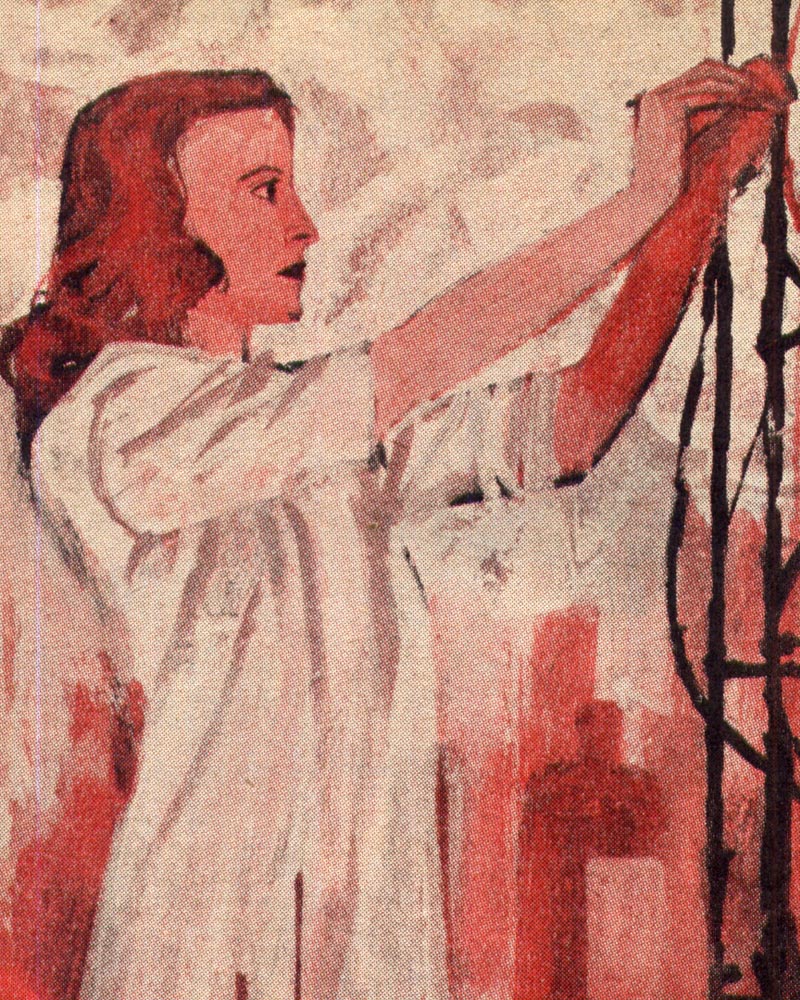
... then moving on to thin casein glazes mixed with damar emulsion.
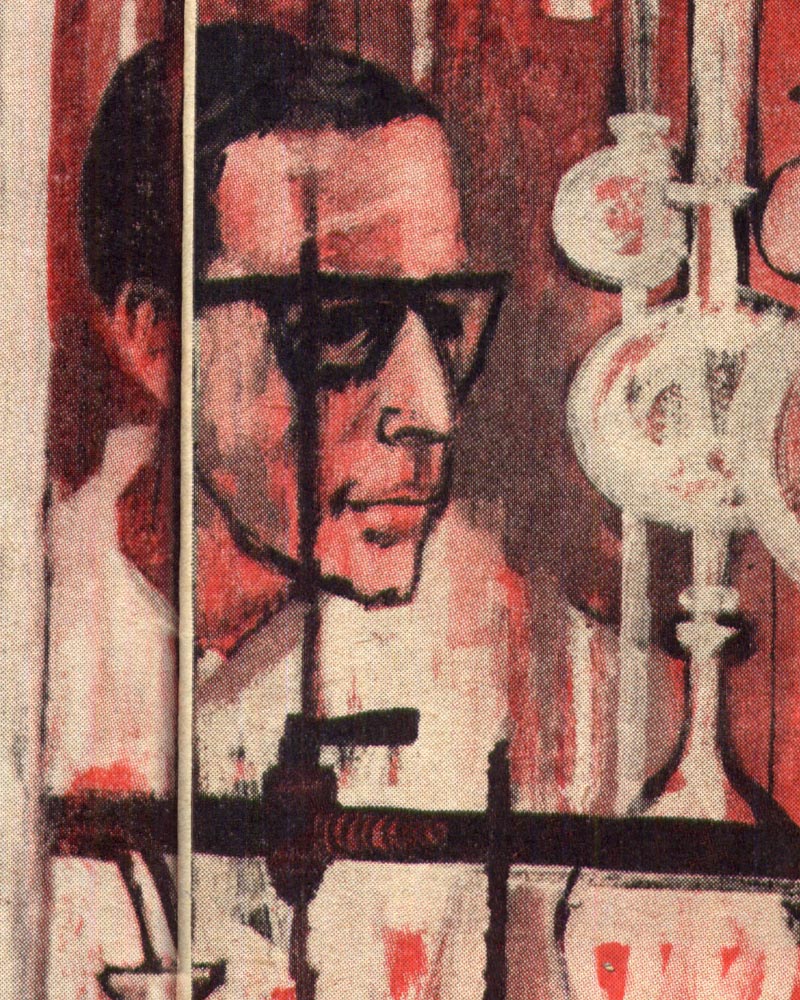
"I prefer casein to oil because it suits my temperament," said Shore. "I need to be able to make immediate, intuitive changes. The drying time of oil is too slow for me; I cannot wait to cover a bad area."
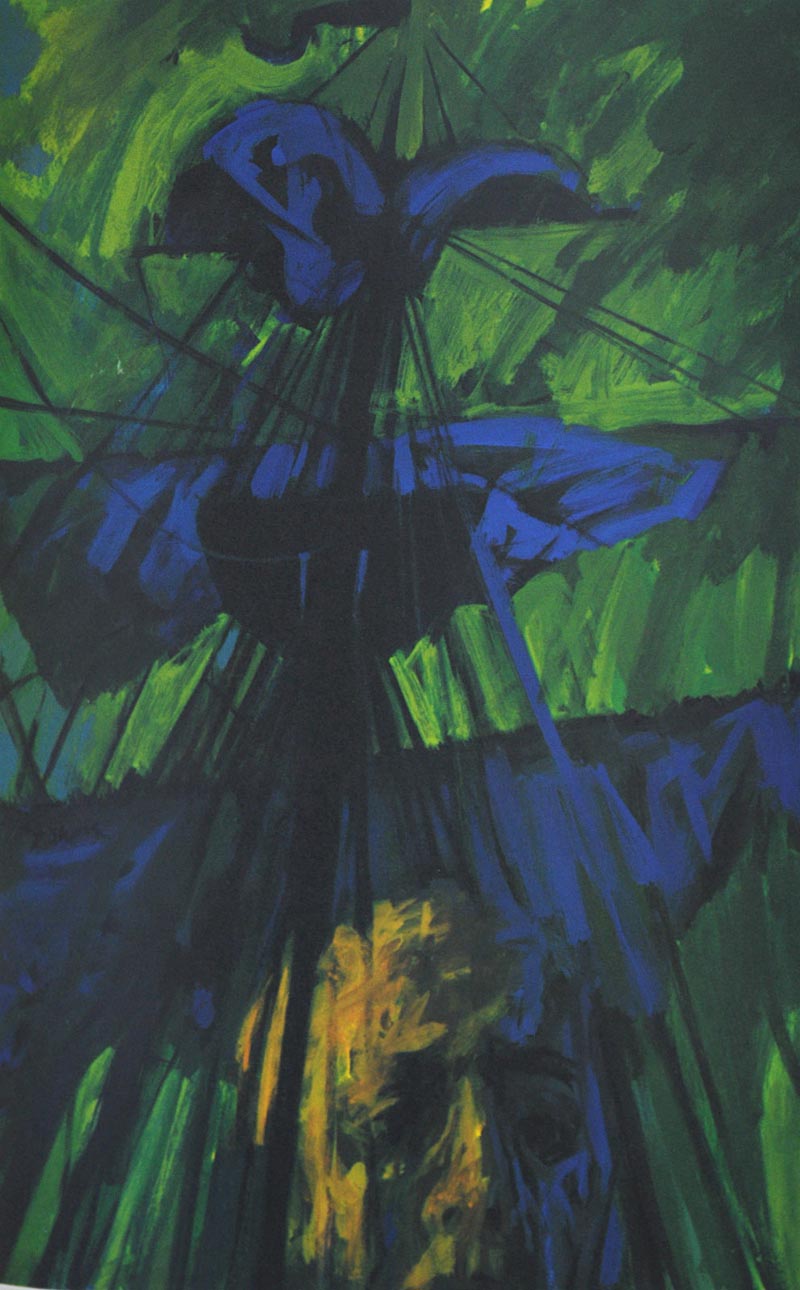
Above, a plate from Herman Melville's Billy Budd, which Shore illustrated in 1965 and below, a spread from Boys' Life magazine, 1966.
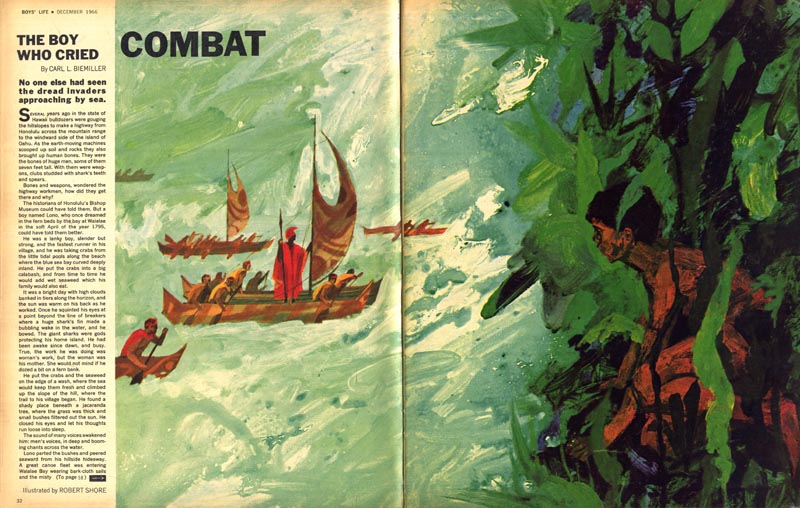
At a point in the early 60s (and I was unable to determine an exact date) Robert Shore was invited to participate in an unprecedented artistic endeavor.
"In March 1962, James Webb, Administrator of the National Aeronautics and Space Administration, suggested that artists be enlisted to document the historic effort to send the first human beings to the moon."
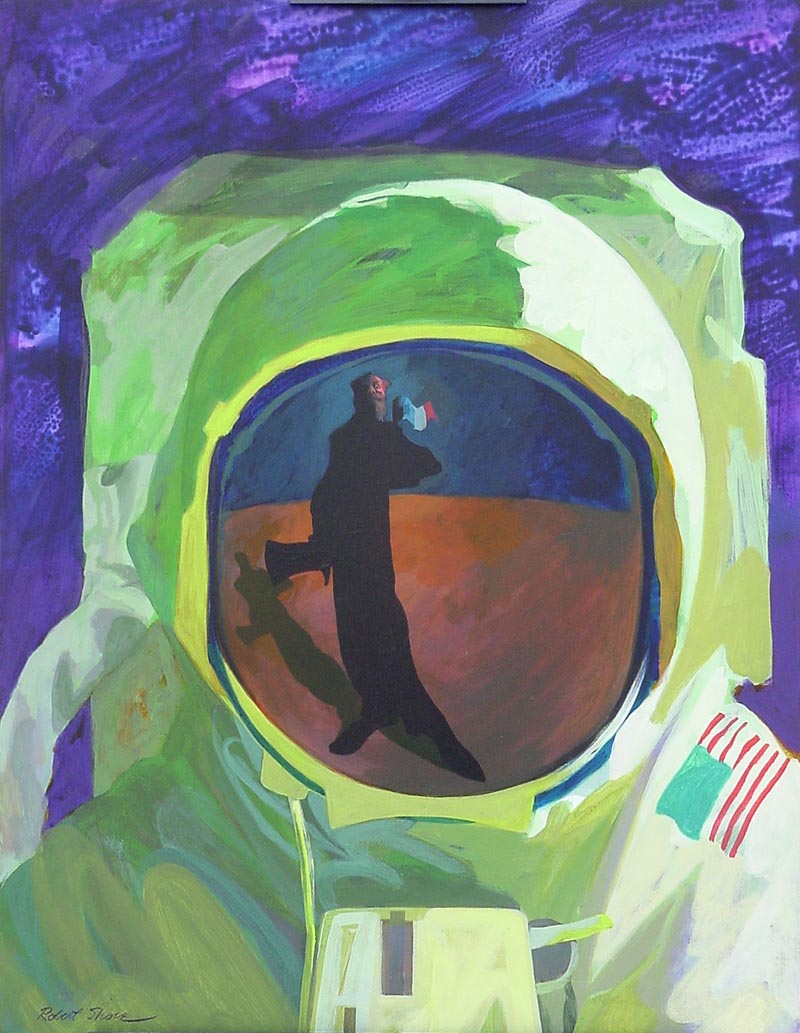
"John Walker, director of the National Gallery of Art, was among those who applauded the idea, urging that artists be encouraged "…not only to record the physical appearance of the strange new world which space technology is creating, but to edit, select and probe for the inner meaning and emotional impact of events which may change the destiny of our race."
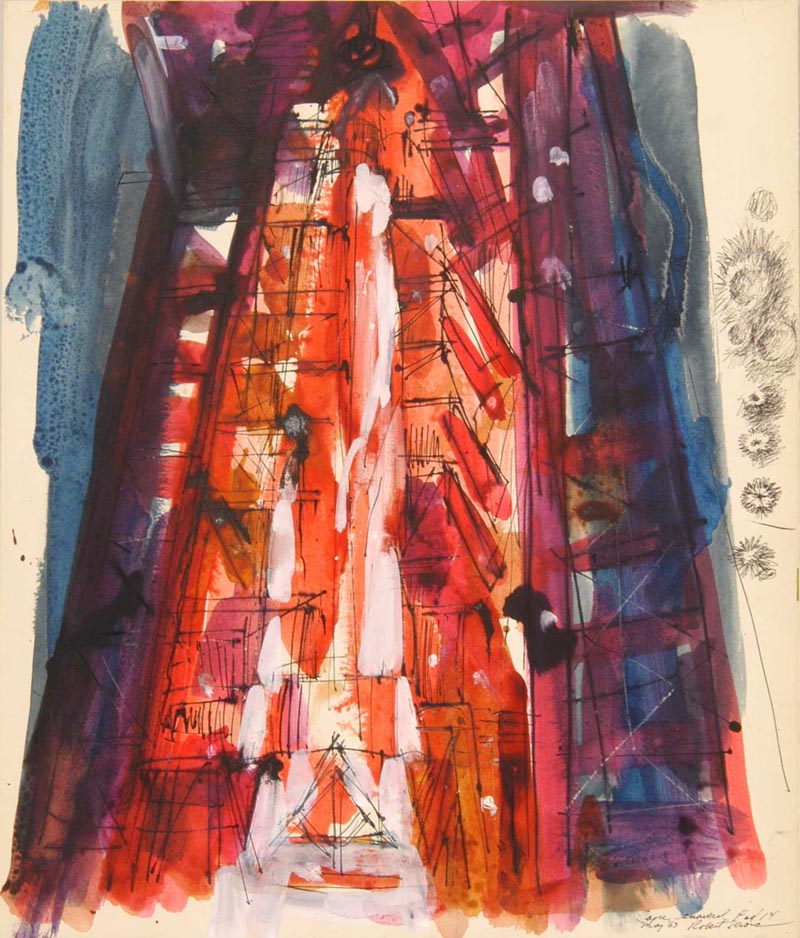
"Working together, James Dean, a young artist employed by the NASA Public Affairs office, and Dr. H. Lester Cooke, curator of paintings at the National Gallery of Art, created a program that dispatched artists to NASA facilities with an invitation to paint whatever interested them."
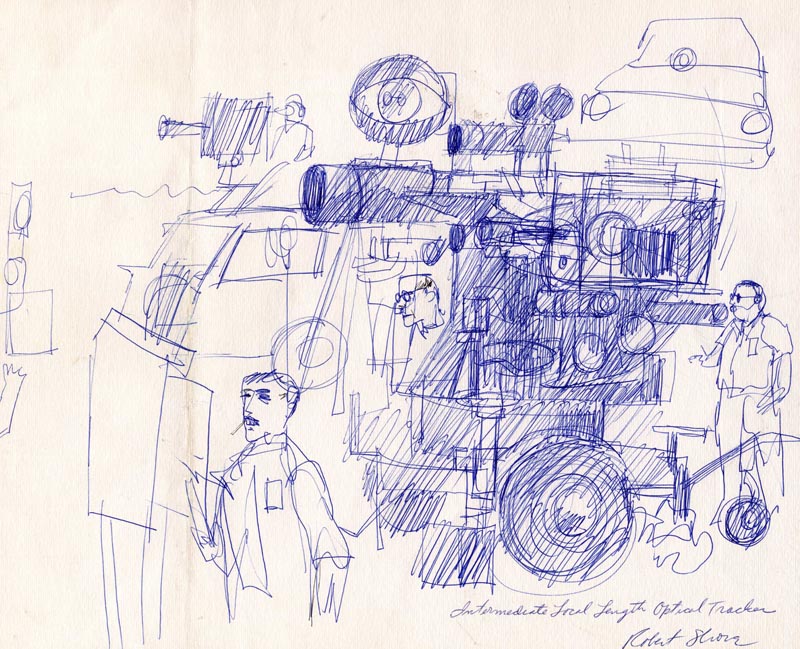
"The result was an extraordinary collection of works of art proving, as one observer noted, "that America produced not only scientists and engineers capable of shaping the destiny of our age, but also artists worthy to keep them company." ~ quote and images from The Smithsonian National Air and Space museum website
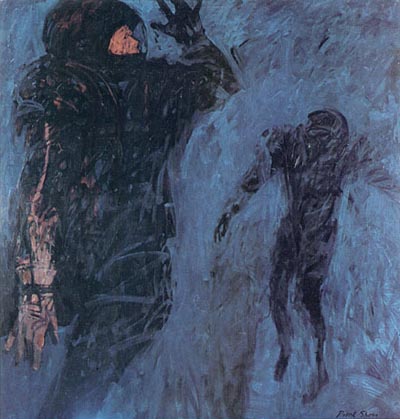
Below, (by coincidence?) Robert Shore was commissioned to paint this very space-like image for Boys' Life, October 1965
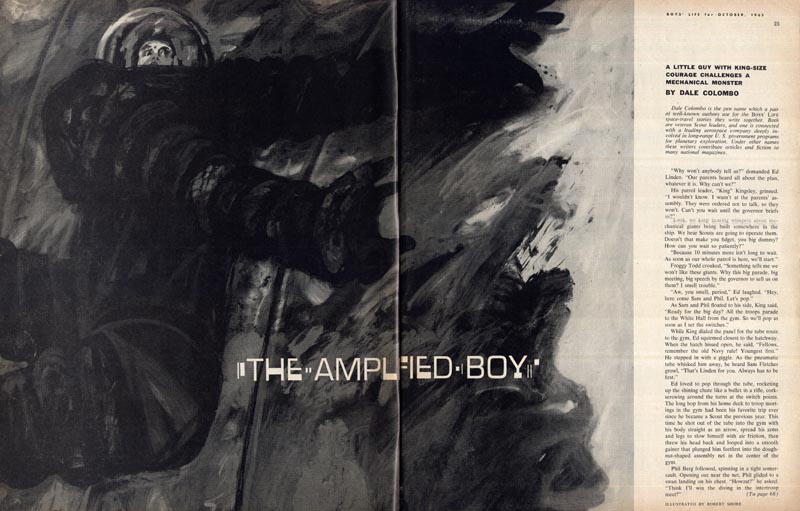
Another Boy's Life spread and small spot, this time from 1969, that suggest Shore's style was shifting in new directions.
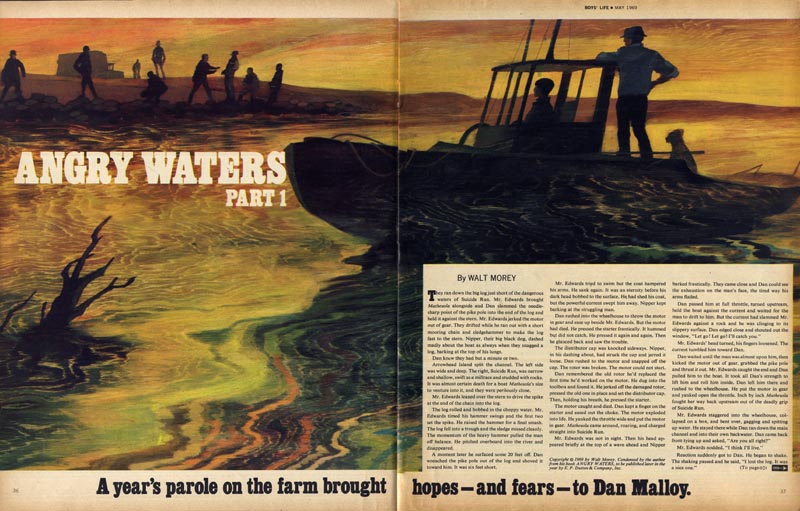

The final piece I have by Robert Shore (from 1973) shows a surprising degree of realism. And for me, a startling realization that, as a child, I had an intimate familiarity with at least one illustration by the artist. I owned a copy of this book when I was nine...
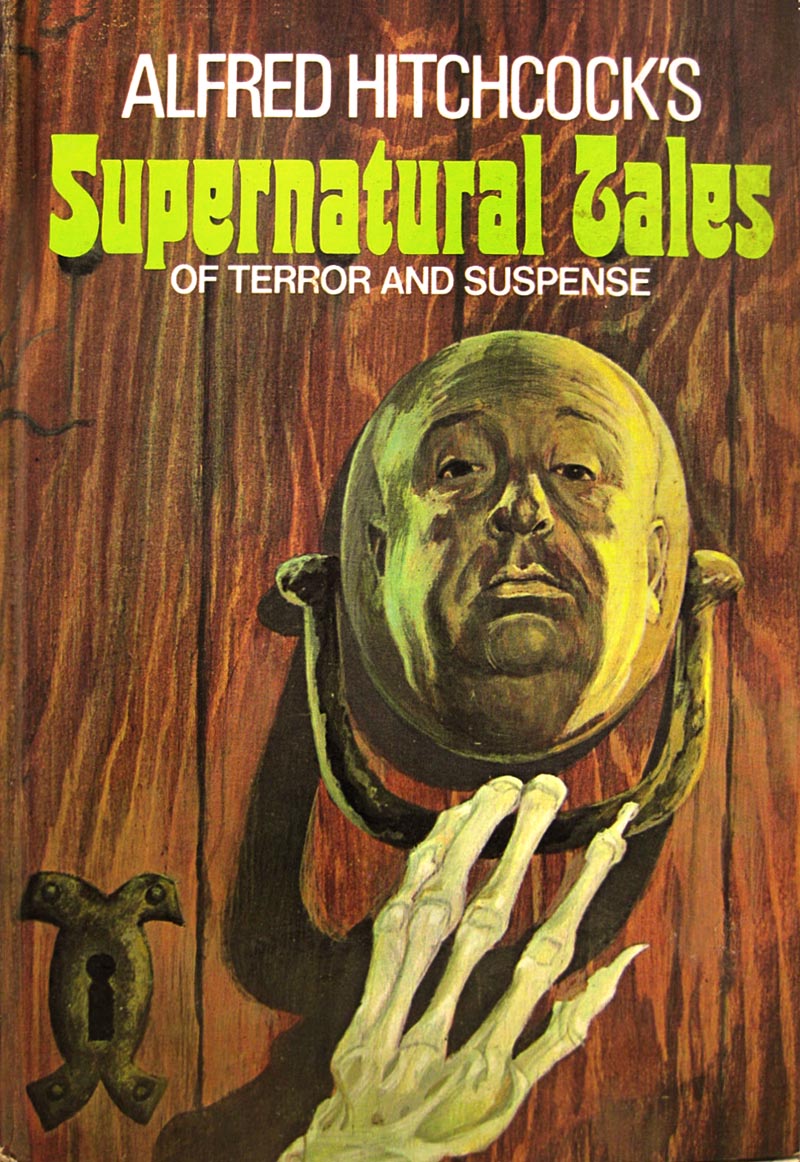
... and that cover scared the bujeezuz out of me!









Post a Comment